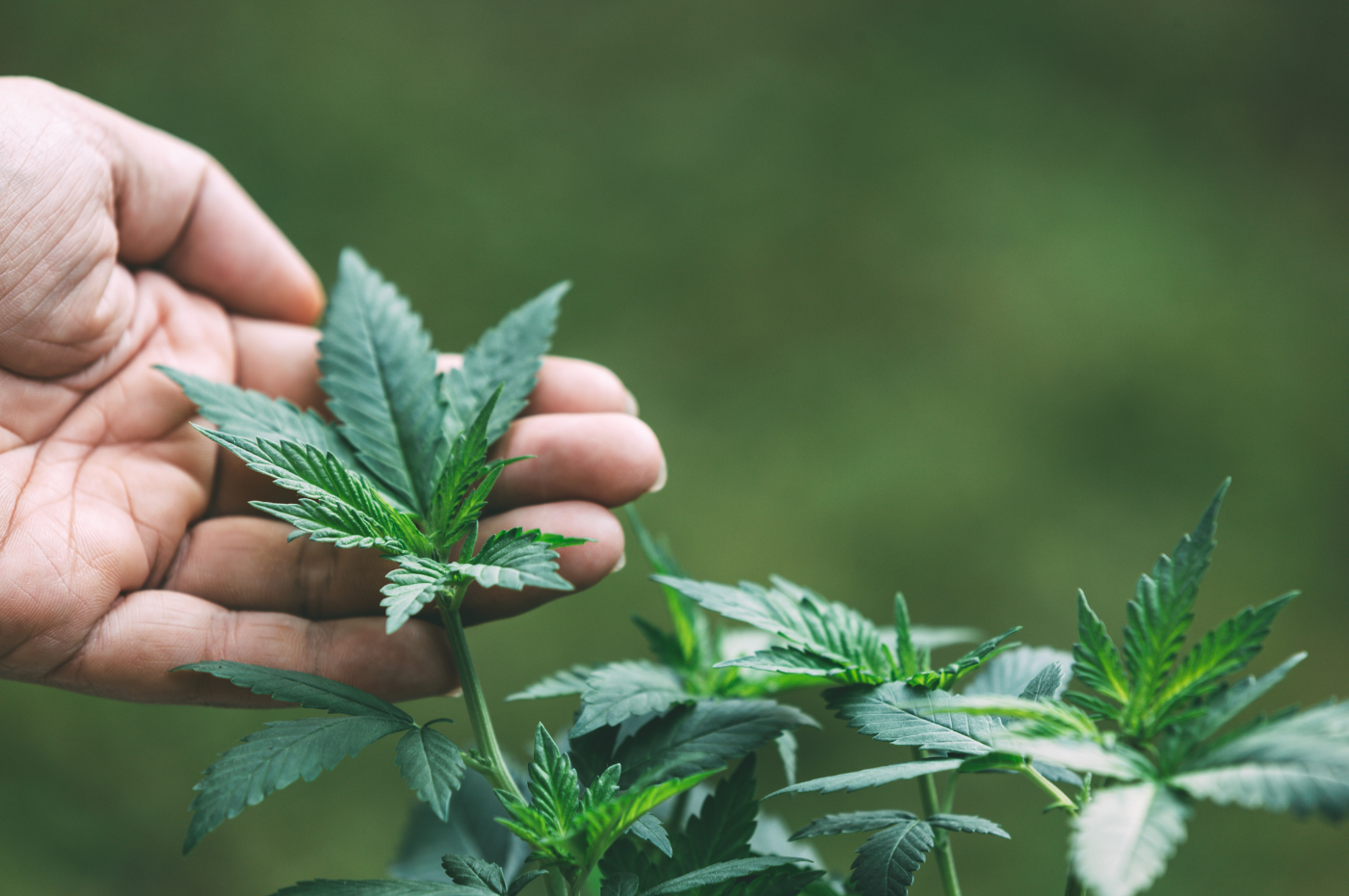Cannabis is a species of flowering herb that is further divided into three subspecies: indica, sativa, and ruderalis. Ruderalis plants are small and tend to yield relatively few medicinal components. They do lack potency and are generally not appealing to patients, which is why ruderalis strains are typically avoided by breeders and cultivators.
For individuals experiencing severe pain, specific cannabis strains with cannabinoids—compounds that interact with biological receptors to produce a range of effects—may also help reduce pain and enhance regular bodily functions. Two cannabis strains that are frequently suggested due to their different approaches to pain relief are Indica and Sativa.
Not only do indica and sativa plants have different physiological effects, but they also look different. Sativa plants tend to be taller and skinnier, sometimes even thinner, with thin, pointed leaves, whereas indica plants are short and stocky with broad, "chunky" leaves.
Indica - Details:
Because of qualities like high concentrations of CBD (cannabidiol), indica strains are widely suggested for pain management because of their body-centric effects. Due to its tendency toward sedation, this kind is usually used in the evening or at night, when it can help with pain relief and sleep induction.
Conversely, Sativa strains typically have higher THC (tetrahydrocannabinol) concentrations, which provide more energizing, intellectual effects that encourage creativity and socializing. Because of their stimulating qualities, these strains are usually less successful than Indica strains for this specific purpose, even if they can also relieve some pain.
Therefore, an Indica strain may be more appropriate than a Sativa strain if you are looking for medical marijuana in India primarily for controlling pain symptoms. However, as each person's response varies greatly based on a variety of factors, such as tolerance levels and unique biochemistry, it is always advisable to see a skilled healthcare professional before beginning a new treatment program.

What conditions is Indica approved to treat?
The strains of both Indica and Sativa cannabis are utilized for pain management.
Because of their body-cantered effects, indica strains are popular for treating musculoskeletal pain, including fibromyalgia, arthritis, and back pain. They are also excellent at encouraging sleep, which is advantageous in situations where chronic pain is present. Conversely, sativa strains have the potential to alleviate headaches and migraines and increase appetite, making them beneficial for individuals who are losing weight because of medical conditions or adverse drug reactions. But when contrasted to Indica’s, they often have higher cerebral effects. Please take note that these are only general tendencies and that individual responses may differ significantly based on the particular strain and the individual physiology of the patient. Prior to utilizing cannabis for medical purposes, always get advice from a healthcare provider.
How Does Indica Treat Illness?
Indica strains of cannabis are, in general, used for pain management due to the presence of high levels of cannabinoids, particularly THC (tetrahydrocannabinol) and CBD (cannabidiol). These compounds interact with the body's endocannabinoid system (a complex network that plays a crucial role in regulating various physiological processes, including mood, appetite, sleep, as well as pain sensation.) By interacting with this system, Indica strains provide significant relief from chronic pain and induce relaxation and promote better sleep.
Contrarily, Sativa strains typically have higher concentrations of THC compared to CBD. They can still offer some degree of pain relief due to their interaction with the endocannabinoid system, like Indica; however, they are often associated more with elevating moods and providing energy. Therefore, when choosing between these two types of strains for managing chronic or severe pain conditions, one might lean toward using Indica strains, as these tend to be more effective at alleviating such symptoms while also offering additional beneficial effects like enhancing sleep quality.
Sativa – Details:
Sativa strains of cannabis, unlike their Indica counterparts, are typically associated with a more uplifting effect. Sativa tends to increase serotonin levels in the brain, which is an important neurotransmitter involved in mood regulation, appetite, learning, sleep, etc. This indicates that Sativa strains can be particularly beneficial for pain management during daytime hours, as they are said to provide pain relief while also promoting alertness and productivity in the human body.
Unlike Indica, Sativa is usually rich in THC (Tetrahydrocannabinol)- which is responsible for its psychoactive effects.
However, please note that individual reactions may vary greatly, as these effects also depend on other factors such as dosage and an individual’s tolerance level. While some people find great relief from chronic or acute pain using Sativa strains, others might prefer Indica or hybrid varieties, depending on their requirements.
Which Ailments has Sativa been Proven to Treat?
Sativa strains of cannabis have been widely used for the management of pain symptoms. Known to have invigorating and uplifting effects, Sativa can help to:
- Reduce chronic pain.
- Lessen inflammation related to arthritis.
- Uplift mood
- Aid in managing chronic discomfort.
How does Sativa Treat Illness?
Sativa, unlike indica, is said to induce a more uplifting and energetic state of mind. It influences the release of dopamine in the body- responsible for feelings of pleasure and euphoria. Sativa strains are generally associated with promoting energy and creativity due to their high levels of THC compared to CBD.
This makes these particularly useful for pain management during daytime hours when alertness is required. The stimulating effects are also said to help in managing chronic pain by diverting attention away from the discomfort being felt.
However, please note that everyone reacts differently to cannabis strains, so individual experiences may vary. If Indica strains don’t provide sufficient pain relief or cause unwanted side effects such as excessive sedation or drowsiness, a patient can consider trying Sativa strains for their requirements.





Leave a comment
This site is protected by hCaptcha and the hCaptcha Privacy Policy and Terms of Service apply.